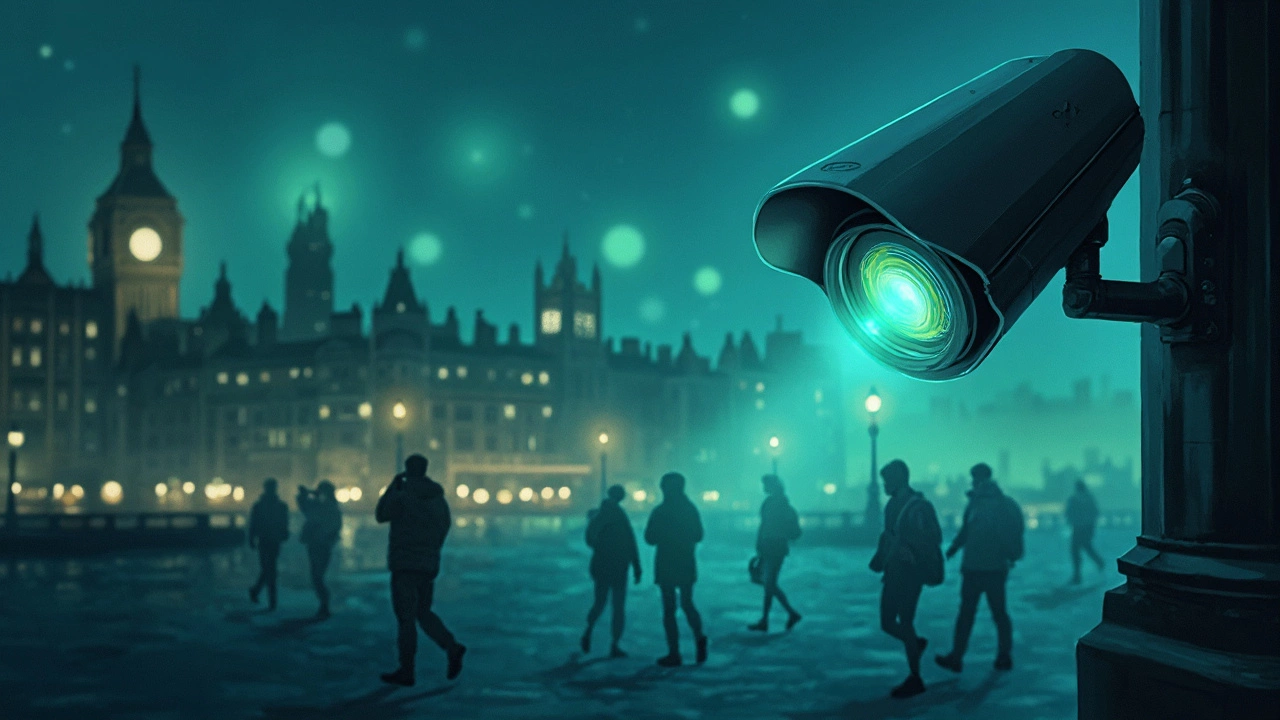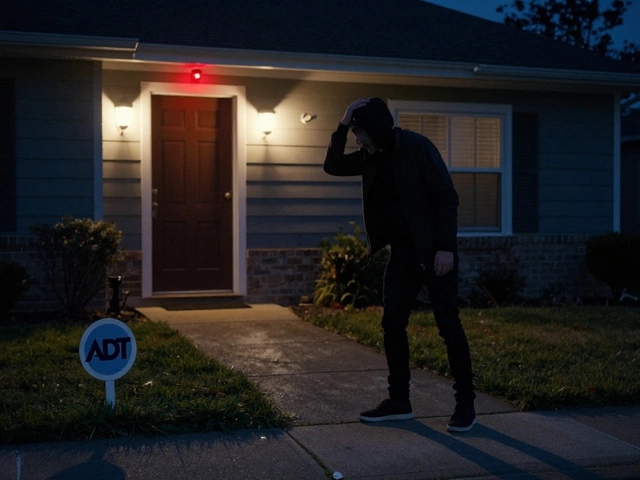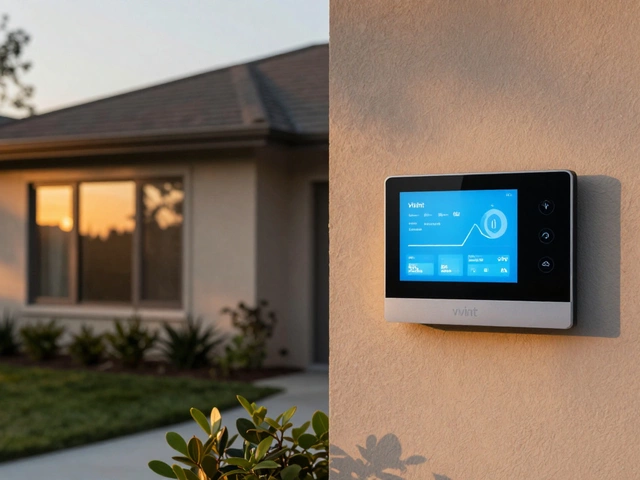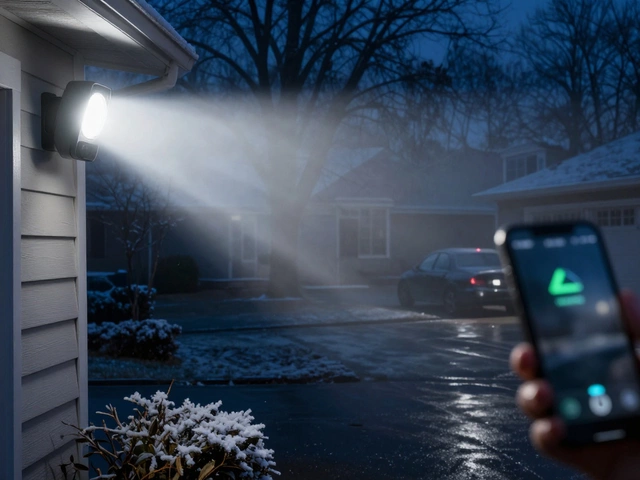Ever wondered if those night vision cameras can actually see through clothes? It's a question that pops up more often than you might think, especially with the rapid pace of tech these days. Let’s start by understanding what night vision cameras are all about. They’re pretty cool gadgets designed to help us see in the dark, using technologies like infrared light. But do they have any hidden superpowers? Can they look through personal barriers like clothes?
Let's set the record straight right away: night vision cameras, as most of us know them, don't have the ability to see through clothes. The truth is, they use infrared light to detect heat and create images in low light conditions. This means they pick up on heat signatures, not breaking through fabrics. That said, there’s a lot more behind how they work and what they can do, so let's dig deeper into the tech.
- The Technology Behind Night Vision
- The Myth of Seeing Through Clothes
- Real-World Applications and Limitations
- How to Ensure Privacy and Security
The Technology Behind Night Vision
Alright, so what magic makes these cameras work after dark? At the heart of night vision cameras lies a really clever tech – infrared (IR) technology. You see, the human eye can’t see infrared light, but these cameras can! Infrared light works by detecting the heat emitted by objects. Warmer things, like bodies, stand out against cooler backgrounds.
Is it more complex than just heat detection? You bet! Night vision cameras typically use one of two main technologies: image intensification or thermal imaging. Image intensification amplifies available light – even the tiniest bit – to create a visible picture. That tiny bit of moonlight glancing off a street? Yup, it gets boosted and voilà, things become more visible.
Then there's thermal imaging, which doesn’t even need any light since it reads the thermal signatures. This means anything that gives off heat is fair game to these cameras, which is why they're popular for surveillance and law enforcement. They can even spot someone hiding in the shadows by picking up their warmth.
But let’s not get carried away. These night vision cameras aren't some kind of all-seeing super-eyes. While thermal imaging is impressive, it won’t show facial details like those of the people in black-and-white spy movies. Instead, it displays the outlines and heat of the person or object.
So, what can we take away from this? Night vision technology is more about turning the invisible into the visible – kind of like having super senses for the dark. And while it’s fascinating, remember it’s all grounded in the basic principle of detecting heat or amplifying existing light. This is where the limit lies when it comes to the myths like seeing through clothes.
The Myth of Seeing Through Clothes
Alright, let's clear up a big misunderstanding surrounding night vision cameras. There's this idea floating around that these cameras can actually see through clothes. It's one of those myths that seems to linger around, probably because it sounds like something straight out of a spy movie.
The reality is much less dramatic. Most night vision cameras use infrared technology. This means they're great at detecting heat—making them perfect for seeing in the dark by capturing the heat your body emits. But here's the catch: infrared does not penetrate through clothes. It simply captures the heat signatures that your body produces.
Some of this confusion comes from the fact that certain technologies, like X-rays, do have the capability to see through objects, including clothes. However, those aren’t used in night vision cameras meant for casual or even security use. They require special equipment and are more aligned with airport security and medical fields rather than everyday surveillance needs.
Despite the sci-fi allure, rest easy knowing that your fashion choices are safe from prying eyes through these cameras. Next time someone tells you that their night vision gadget can see through fabric, feel free to set the record straight. It’s about understanding what these tools can actually do and not being swept away by myths.
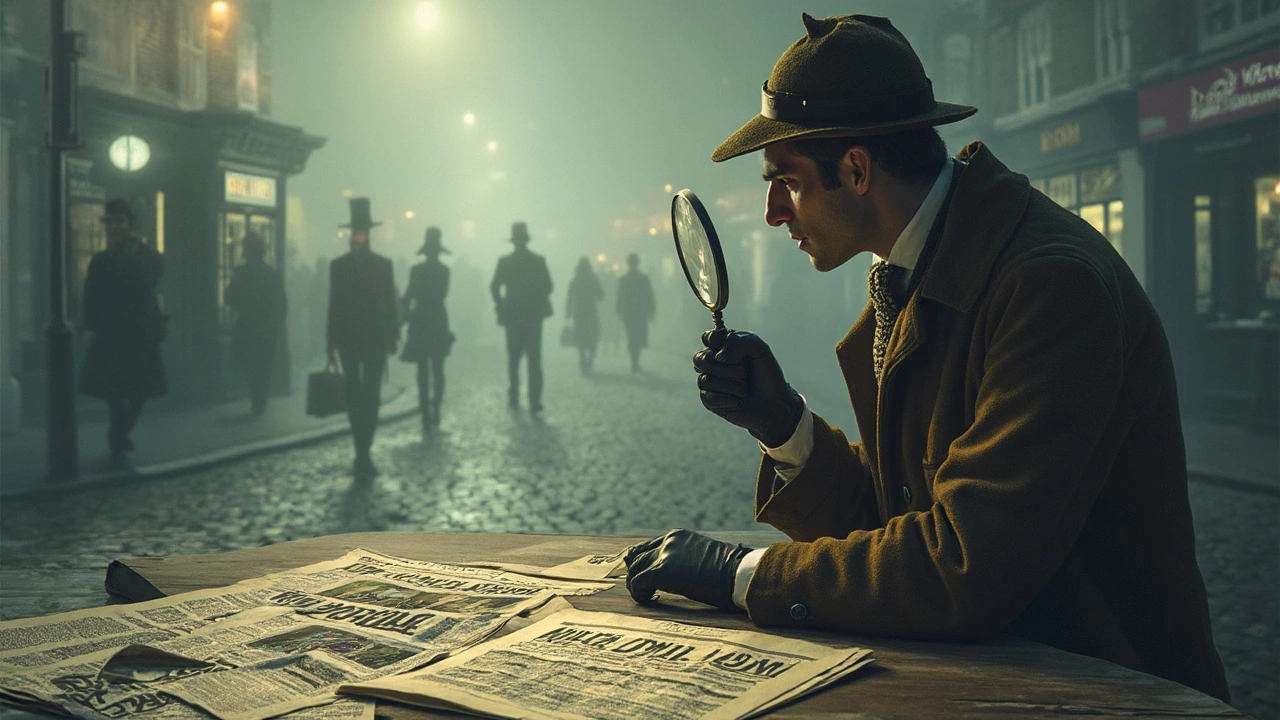
Real-World Applications and Limitations
Night vision cameras are a bit like unsung heroes when it comes to their practical applications. They’re heavily used by law enforcement for surveillance, helping officers monitor areas without tipping off potential wrongdoers. These cameras also come in handy for wildlife enthusiasts who want to observe nocturnal animals without disturbing them. They give us a sneak peek into a world that usually stays hidden in the dark.
But let’s talk limits. Despite their cool capabilities, night vision cameras have some constraints. They might struggle with bright lights or poor weather conditions like fog or heavy rain, which can blur the images. It's like trying to see through a car windshield without wipers on a rainy day. Not ideal, right?
In the security sector, they're often used in combination with other systems like motion sensors or alarms. This combo makes sure that if there's movement in a dark area, the camera doesn’t miss out on the action. The catch is, the range these cameras cover isn’t endless. Most consumer models work effectively up to about 100-150 feet. Beyond that, the image quality drops significantly.
For warmer places, thermal imaging might sound like a sweet deal since it uses heat detection. But even those can’t see through hard barriers like walls or clothes. They’re popular choices for certain rescue missions or firefighting efforts where detecting body heat might be crucial.
In a nutshell, while night vision cameras open up a lot of possibilities, you gotta keep realistic expectations. They're super helpful tools but need a bit of teamwork with other tech and strategies to work at their best. For anyone thinking they’ll nab superpowers with one of these—let’s just say sticking to comic books for that dream might be safer.
How to Ensure Privacy and Security
Worried about privacy in a world filled with night vision cameras? You're not alone. With these gadgets becoming more widespread, it's natural to think about how to keep your privacy intact. But don't stress too much. There are several straightforward things you can do to keep your guard up.
First off, it's a good idea to be aware of your surroundings and know where cameras might be installed. In public areas, cameras are often there for safety reasons, but knowing their locations helps you stay mindful.
At home, you can take control of where cameras are placed. Opt for indoor cameras that are easily turned off or have covers when not needed, and ensure outdoor cameras only point to areas you want to monitor. While setting them, check for any gaps where someone might use them improperly.
Another tip is to regularly check the security settings on your devices. Updating passwords and using encryption adds an extra layer of safety. It’s a bit like changing the locks once in a while; it keeps unwanted guests out.
You can also look into technology features on some advanced devices that alert you when they’re in use or being accessed remotely. Some cameras have lights or indicators that signal when they’re recording or being accessed, offering some peace of mind.
If you're really into the tech side, consider installing software that can detect unauthorized devices on your network. Small tools like these can give you a heads-up if something's amiss.
- Stay informed about new tools and methods people use for security breaches.
- Join communities or forums where you can share and receive the latest tips on tech privacy.
In short, being proactive with a mix of awareness, proper settings, and smart tech use can significantly boost your privacy and peace of mind in this ever-watching world.

